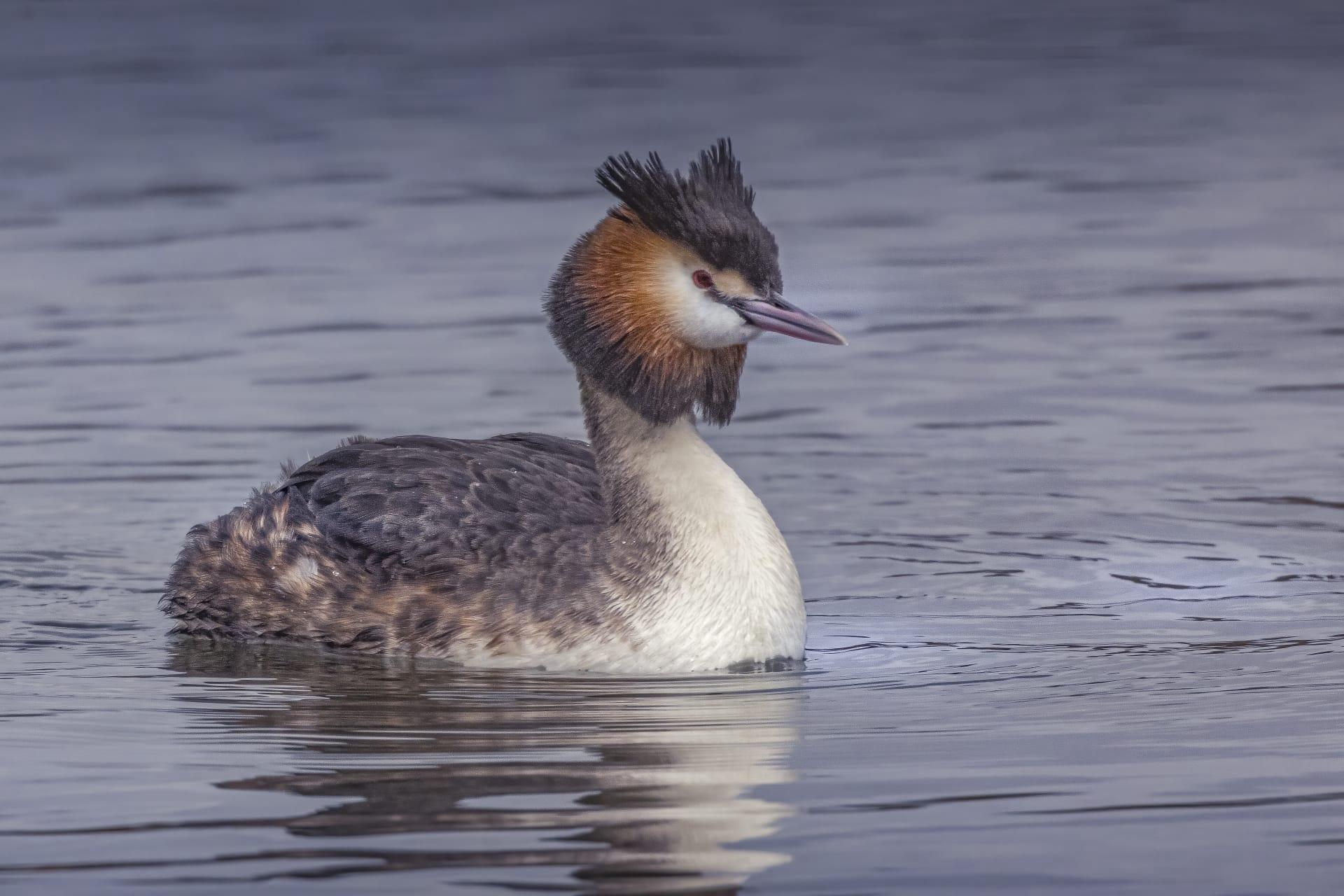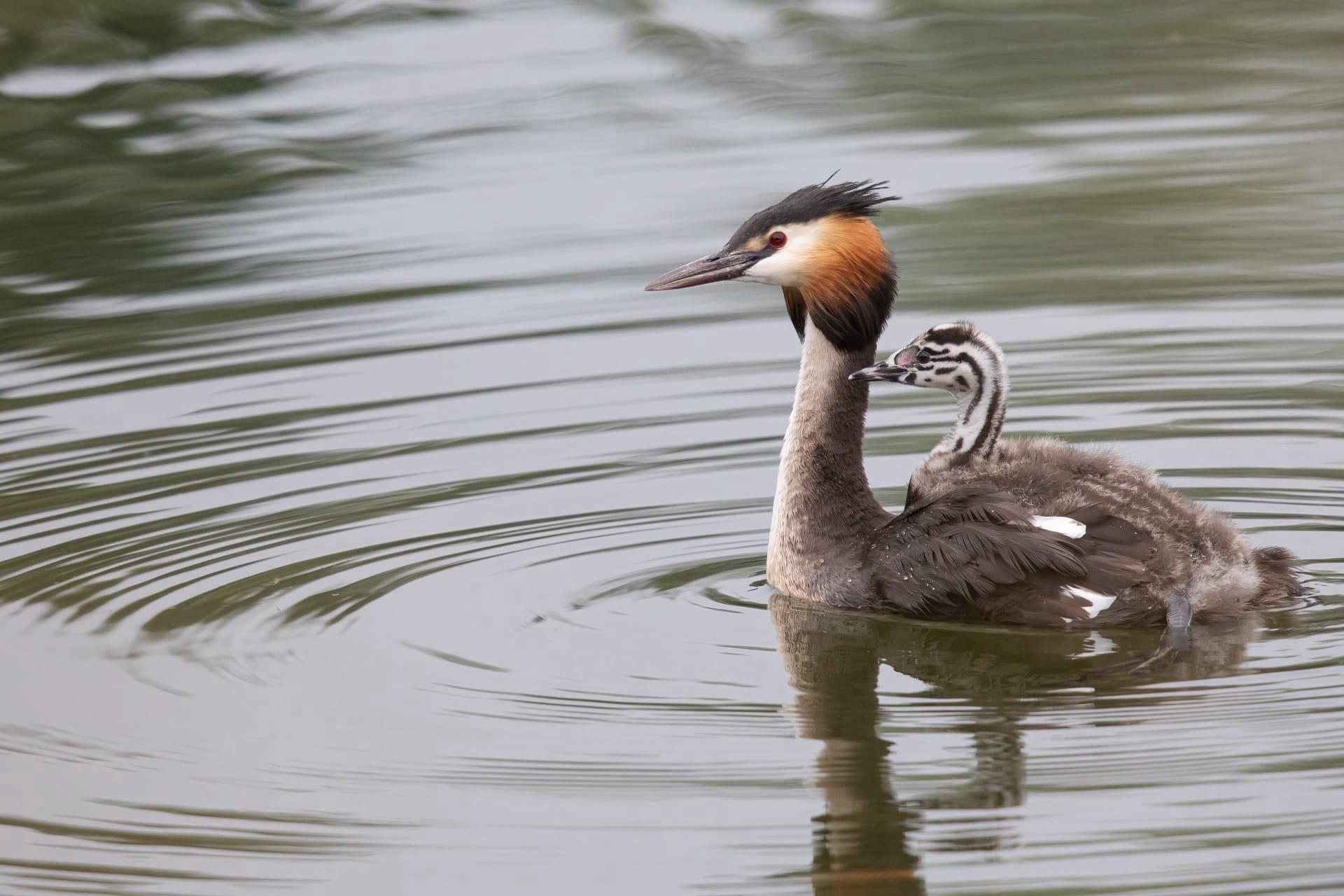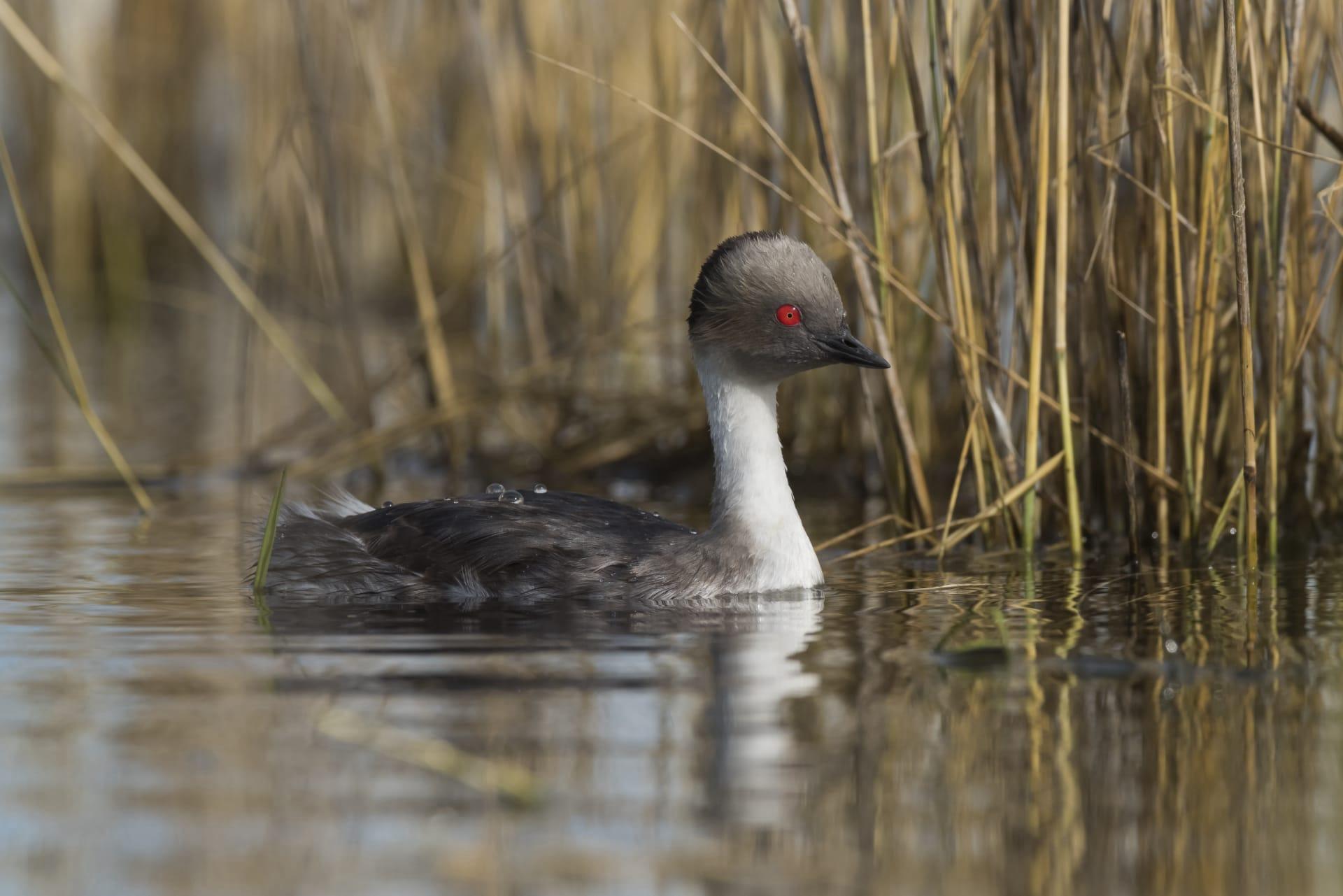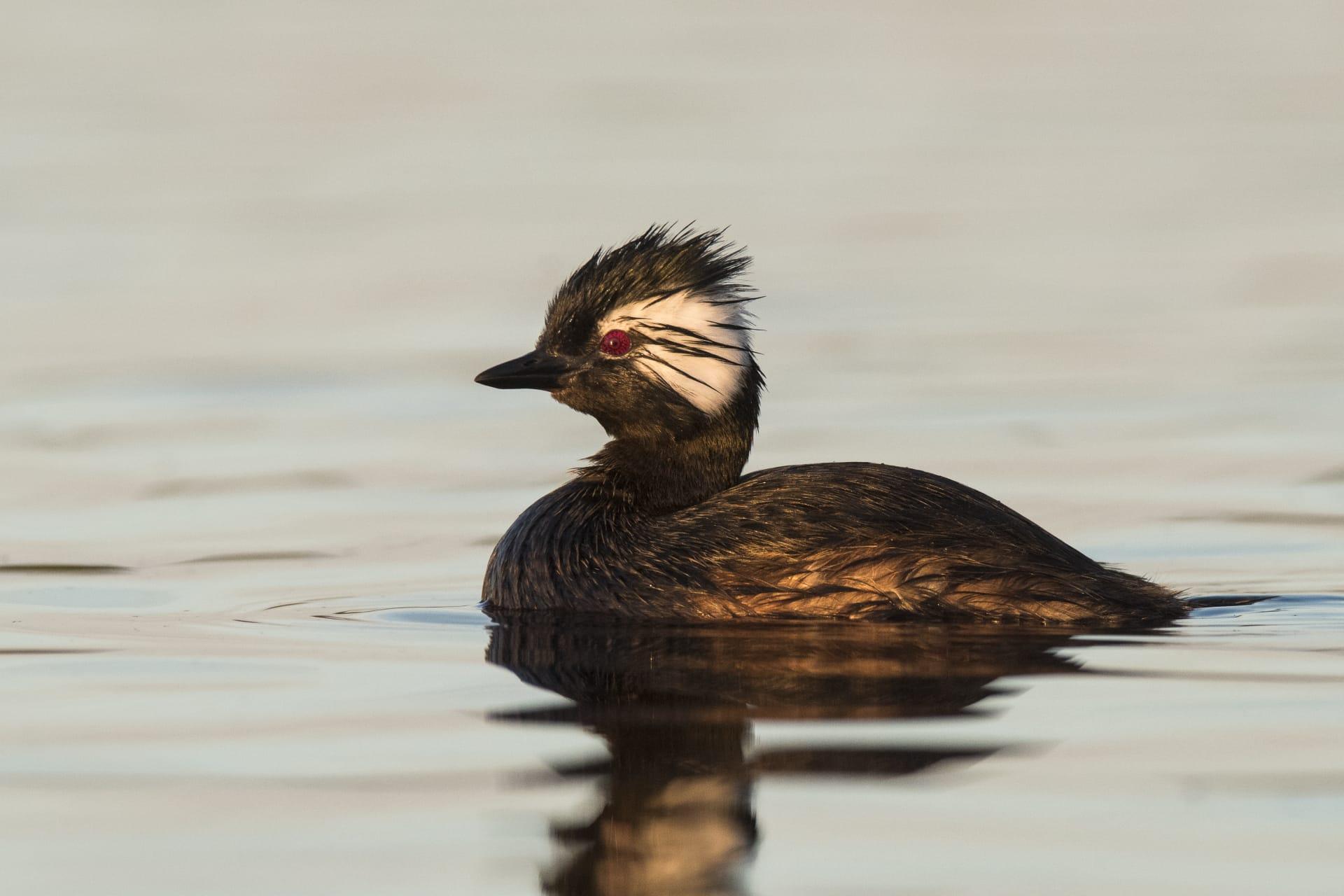1
Grebes, known for their unique courtship dances, are aquatic birds found across the globe. One fascinating fact about these birds is their ability to 'dance' on water during mating rituals. A pair of grebes will face each other, rapidly paddling their feet, creating enough lift to rise and run side by side across the water's surface. This stunning display, called "rushing," can last for several seconds and is a critical part of their mating ritual. It's not just about strength but also about synchronization, as both birds must match each other's pace perfectly to maintain this dance.
Another intriguing aspect of grebes is their nesting habits. Grebes build floating nests anchored to submerged vegetation. These nests are not just resting places; they're essential for grebe's reproductive success. Made from plant material, these nests can vary in size, but on average, they measure about 30 cm in diameter. The nests provide a secure and stable environment for eggs and young chicks, protecting them from predators and fluctuating water levels. The construction of these nests is a joint effort, with both male and female grebes collecting materials and building the nest together.

2
Grebes have an unusual dietary practice: they consume their own feathers. This might sound bizarre, but it serves a practical purpose. The feathers form a protective mat in their stomachs, preventing sharp fish bones from damaging the digestive tract. They regularly pluck feathers from their breasts and eat them, and even feed them to their young. This unique behavior is a testament to the adaptability and survival strategies of grebes in the wild.
Another captivating fact about grebes is their diving ability. They are excellent divers and can stay submerged for up to one minute. When hunting for fish, a grebe can dive as deep as 20 feet. Their bodies are specially adapted for this task, with lobed toes that make them powerful swimmers. Unlike most birds that take off into the air from land or water, grebes gain momentum for flight by running along the water's surface, often requiring a considerable distance to become airborne due to their dense bones and heavy bodies.

3
Grebes have a distinctive feature called the "tuck," where they draw their heads back and slightly under their wing. This posture is often observed when they are resting or sleeping on water. It's not just a comfortable position but also a protective stance, helping them maintain balance and float effortlessly while keeping a low profile to avoid predators.
Their vocalizations are equally fascinating. Grebes have a range of sounds, from trills to loud, piercing calls. Each type of call serves a specific purpose, such as attracting mates, signaling distress, or communicating with their chicks. For example, the Western Grebe has a loud, rolling call used during its elaborate courtship displays, while the Pied-billed Grebe makes a unique "whooping" sound when alarmed. These vocalizations are crucial for communication in their aquatic environment, where visibility is often limited.

4
Grebes are known for their migratory behaviors. Some species, like the Clark's Grebe, migrate long distances between their breeding and wintering grounds. These migrations can span hundreds of miles, showcasing their endurance and navigational skills. During migration, grebes rely on their strong flying abilities, despite being better known for their aquatic prowess. They travel mainly at night, which helps them avoid predators and reduce the risk of dehydration.
Another interesting aspect is their plumage change. Grebes undergo a significant transformation in their feather coloration between breeding and non-breeding seasons. For instance, the Great Crested Grebe sports a stunning black and chestnut plumage during the breeding season, with ornate head plumes. However, in the non-breeding season, their coloration becomes much more subdued, with duller grey and white tones. This change in plumage plays a key role in their mating rituals and helps provide camouflage outside of the breeding season.

5
Grebes have a unique way of caring for their young. The chicks are precocial, meaning they are born relatively mature and mobile. Remarkably, within hours of hatching, grebe chicks can swim and dive. However, for the first few weeks, they often ride on their parents' backs, nestled within the feathers. This behavior keeps them warm, safe from aquatic predators, and allows them to conserve energy while learning essential survival skills.
The last fun fact about grebes is their declining population in some regions, mainly due to habitat loss and pollution. Conservation efforts are crucial for their survival. For example, the Western Grebe, once abundant in North America, has seen a decline in numbers due to the destruction of their wetland habitats. Protecting these habitats and maintaining clean waterways are essential steps in ensuring the grebes' future. Through such efforts, we not only safeguard the grebes but also preserve the ecological balance of their habitats.